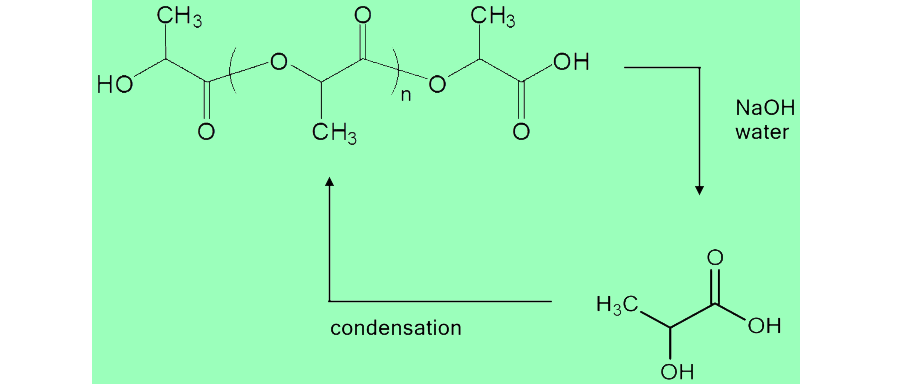Team:RHIT/Sustainability
From 2014.igem.org
| Line 137: | Line 137: | ||
</div> | </div> | ||
| - | <div style="margin:10px | + | <div style="margin:10px 250px 100px 100px"> |
<img src="http://i1265.photobucket.com/albums/jj502/bauhand/PLAreaction_zps5c13ea5d.png" width="650px" align="right"/> | <img src="http://i1265.photobucket.com/albums/jj502/bauhand/PLAreaction_zps5c13ea5d.png" width="650px" align="right"/> | ||
Revision as of 17:28, 7 August 2014
 "
"



